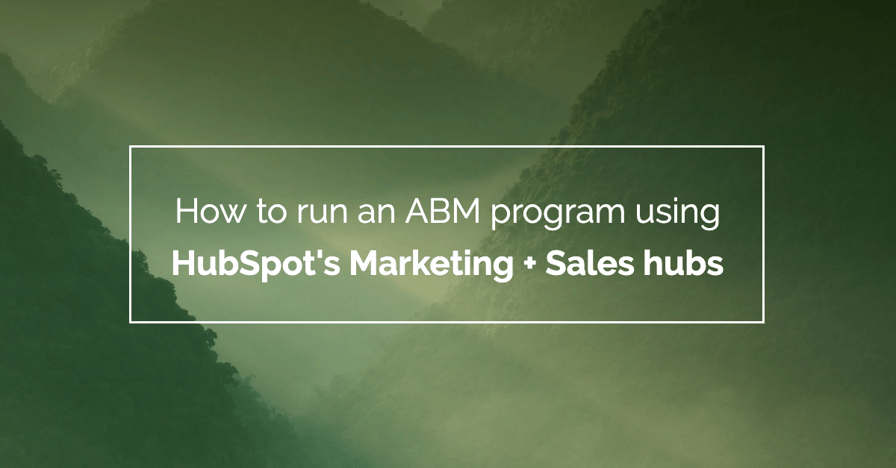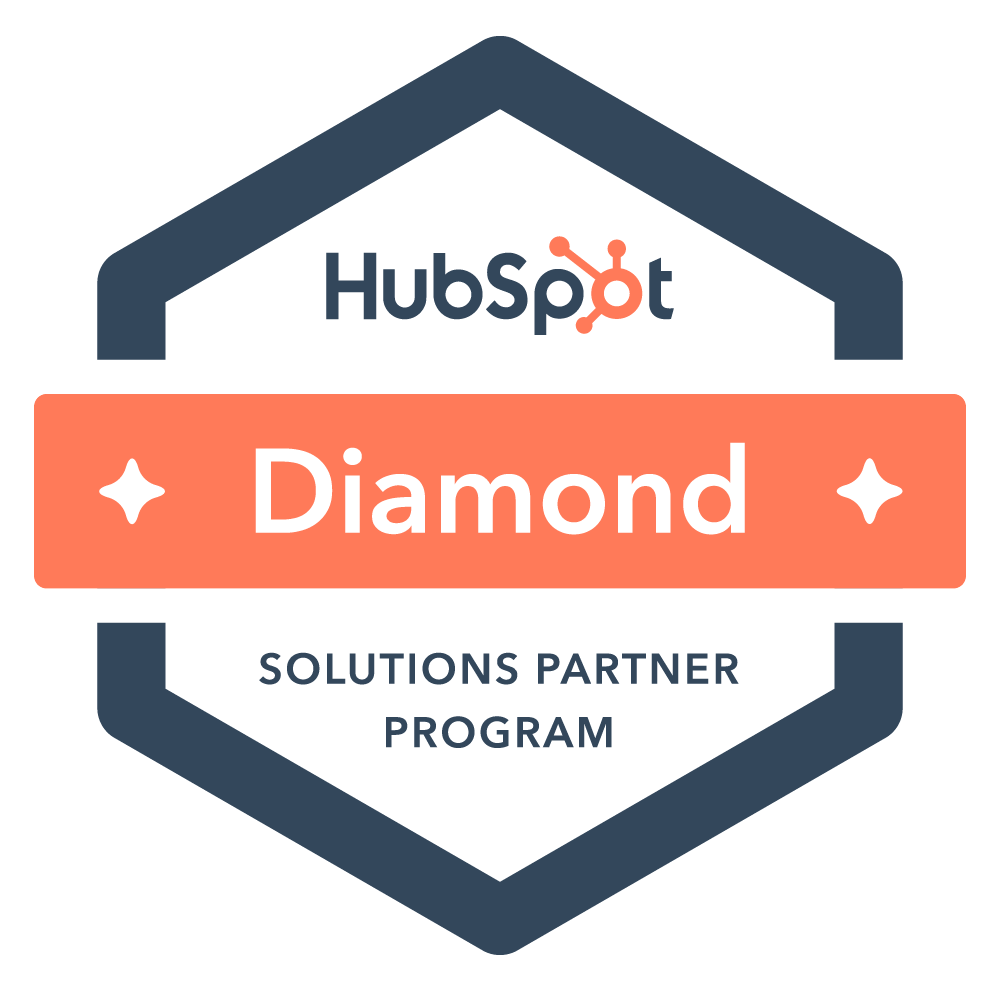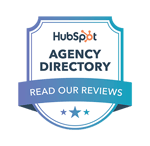How to run an ABM program using HubSpot's Marketing + Sales hubs


If you’re running ABM campaigns (or even just considering it), HubSpot’s marketing and sales hubs offer tools that can make the process smoother for you and your prospects. As you coordinate your sales and marketing efforts to influence target accounts, you can plan out the entire process in Hubspot, and track the overall progress your teams are making. With a wide range of tools that help you along every step of the way, HubSpot makes it easy to provide a seamless, reliable, and positive experience from your first outreach to an ongoing customer relationship. Let’s look at what tools are most useful at each stage of the journey:
Define your target accounts
As an organization, one of the first things you’ll want to do is agree on a target list. Who are the accounts that we want to market to? If the answer is “every company on the fortune 500” or “every account over $1b in revenue”, then you want to make sure that that’s a reasonable target, and that your sales team is organized to where that’s achievable.
Your target list should be definitive with actual companies listed out, not just firmographic data. Each account should be owned by a sales rep, and they should be able to see in the CRM what each person in that account is doing. This is where HubSpot’s target account tools come into play - they help sales reps see what is happening across accounts with a ton of people at them.
By defining a good target account list, and setting it up correctly in HubSpot, you’re starting with a successful foundation. Marketing can report on how it’s influencing target accounts, and sales can stay focused on their book of business.
Account Outreach
The old adage “you don’t get a second chance to make a first impression” applies just as neatly to account-based marketing as it does to personal interactions. When you’ve identified the companies you want to target as potential customers, it’s important to make sure you start your conversation on the right foot by being helpful and relevant to the needs of your prospects.
With HubSpot’s marketing and sales hubs, it’s easier than ever to nail the first few points of contact by showing value in the earliest interactions. Using web traffic analytics and custom reporting, you can segment contact lists to send exactly the right message for the right audience at the right time. Creating templates for common messaging that are customizable and personalized allows you to give your contacts the personal touch that makes them feel understood, while saving your marketing and sales teams valuable time.
Once the contact has shown enough interest to be handed off to sales, HubSpot’s sales hub makes the handoff seamless, providing reps with all the relevant context they need to pick up the conversation right where it left off with marketing. Live chat and chat bot tools allow you to keep a pulse on exactly where your prospects are in their decision-making process, and automated task assignments (with notifications in apps like Slack or Asana) ensure that reps make contact in a timely manner. The result: a seamless process that builds trust with your prospects and makes them feel understood.
Building the relationship
As your understanding of prospects and customers becomes more sophisticated, HubSpot’s marketing and sales hubs offer tools that allow you to continue to build on a strong foundation. HubSpot’s campaign management and workflow tools allow you to connect with customers when they’re likeliest to respond by sending communications when they’re at their desks, aligning send times with time zones and working hours so that your message is always received when it’s most actionable.
There’s a virtuous cycle that can take effect here— as sales reps begin talking to new leads that come in, make sure that you have a process to capture key data points to inform your marketing. Things like each contact’s buying role, what the current solution is, whether they’d need to go through an RFP process, and their biggest pain points are all important data points that are easier to gather in a quick call.
As sales teams gather information like this, marketing can then use that information in their email marketing, their ad campaigns, and even personalize the website to focus on key messaging that’s likely to matter to the target accounts. As marketing is able to tailor their messages more tightly, sales is able to have great confidence in their ability to partner on bringing in new business.
Sticking the landing
After a strong first impression and targeted messaging, it should come as no surprise when your prospects decide to move forward with your company and become customers. However, that doesn’t mean it’s time to rest on your laurels; your marketing and sales teams should never stop trying to create valuable experiences for customers.
Existing customers are a powerful referral source, and their recommendation to other potential customers carries a lot of weight. As they transition from a prospect to a customer, make sure you’re still communicating with them regularly about how to get the best experience for their investment. It's also a good idea to reach out proactively with useful tips to help prevent common friction points from frustrating their progress.
These new customers can also generate meaningful data that help you continue to optimize your sales and onboarding processes. HubSpot’s reporting tools— such as marketing and sales analytics playbooks, customizable reporting dashboards, attribution reporting, and more— make it easier than ever to turn that data into action items. Armed with accurate and timely data, your marketing team and sales reps can make small but powerful shifts in approach to ensure they’re always getting the right message to customers so they feel supported at every step.
If you’re curious about account-based marketing and/or how HubSpot can help make it more successful, we’re here to help. As a Diamond HubSpot partner with a decade of experience using the suite of tools they offer, we’re ready to help your business find the processes and tools needed to reach your goals. Feel free to reach out today to learn more about how we can help.






